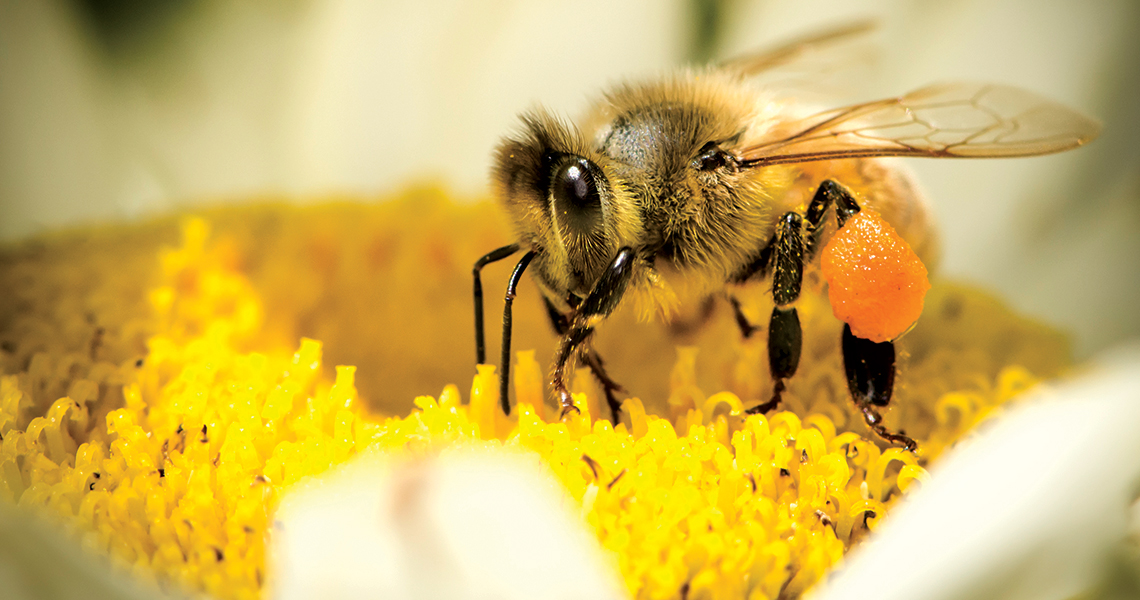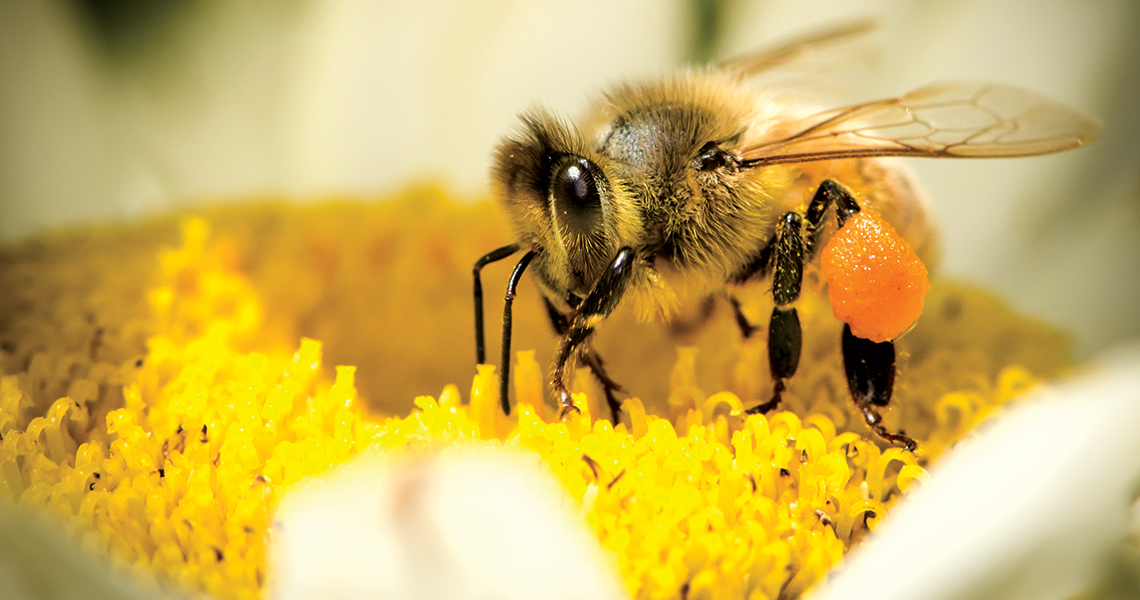Seed World asks researchers this question as part of its Protecting Pollinators series.

In 2009 alone, honeybees directly supported $11.7 billion of crops in the United States. In Canada, the value of honeybee pollination is estimated at $1.3 billion to $1.7 billion annually.
However, an estimated 30 percent of honeybees die each winter. Researchers say one way to track the overall health of honeybees is to benchmark the reduction in this overwintering loss.
But monitoring the health of honeybees has proven to be difficult for researchers and beekeepers, as bees are almost always under some sort of stressful situation — be it the weather, foraging, raising brood or fending off mites and disease.
Many factors influence honey bee health such as diseases, parasites, agricultural and apicultural practices and the weather.
An experienced beekeeper simply knows when a colony is healthy or sick, but not necessarily to what degree. Chloe Silverman, a Drexel University associate professor in the Center for Science, Technology and Society, is interested in the degree to which these intuitions can be mapped onto measurable factors that entomologists might use in research. She says there is the “usual” smell of a healthy or sick colony and there’s “the buzz” that one becomes attuned to.
“But despite beekeepers’ wealth of tacit knowledge related to colony health, it is hard to say exactly what a healthy bee colony is,” Silverman says, noting that one problem is that bees are social insects and that bee colony health is not reducible to the sum of its individual members.
A single worker bee weighs about 100 milligrams, or as much as three peppercorns.
“If you open up a hive and find a bee with deformed wing virus, that is worrisome, but it doesn’t necessarily mean that the entire colony is affected,” she says.
The Sentinel Hive Project

Researchers are working closely to observe beehives throughout a two-year period. As part of the study, researchers installed modern measuring systems in the beehives of beekeepers in Ontario and Quebec, Canada, and in Indiana and Utah in the United States.
“They are all located near corn-growing areas,” says Dick Rogers, an entomologist who is the manager of bee health research at the Bayer Bee Care Center in North Carolina. “That means we can also investigate agriculture’s influence.”
Rogers oversees the work being done in Canada and the United States. The Sentinel Hive research project is designed to develop an early warning system that is triggered as soon as bee health risk factors are detected, he explains.
As part of the research, bees and pollen are monitored and sampled. Weather stations have been set up in certain locations to measure air humidity, temperature, wind direction and precipitation every 15 minutes. Additionally, the climate inside the beehive is monitored and hives are placed on scales to record its weight, which is an indicator of what’s happening inside or the health of the hive.
Samples of honey, nectar and wax are being collected from hives and tested for pesticide residues. Participating beekeepers are regularly collecting live and dead bees and sending them to specialized laboratories to check for diseases and infestations by parasites.
All the colonies survived the first winter well. In Canada, viral infections were detected in most living and dead bees from various hives, but the viral load appeared to be low enough that the bees remained healthy, Rogers explains, noting that the researchers will continue to
investigate the conditions which actually led to bee death as they move into the second year of research.
But that’s not out of the ordinary. In an attempt to catalog all of the microbes present in collapsed hives and identify pathogens present in all cases of Colony Collapse Disorder, Michelle Flenniken, a virologist in the Department of Microbiology and Immunology at University of California, San Francisco, and the Häagen-Dazs Honey Bee Postdoctoral Scholar at the University of California, Davis, Department of Entomology, found that most colonies carry a significant burden of disease-causing organisms at any given time, with different ones dominating at different times of the year. And in many cases, Flenniken noted that “these are perfectly healthy colonies, which don’t appear compromised in the least.”
For Rogers and his research partners, as soon as bee health risk factors are detected, they will further investigate the development of an early warning system regarding the health of hives.
Jake Kosek, who wrote “Ecologies of Empire: On the New Uses of the Honeybee,” reminds that the honeybee is a species biologically shaped and managed by humans. He explains that bees have been bred to promote docile temperaments and high honey production, and encouraged to live in manufactured hives. This, Kosek says, is yet another wrinkle in ascertaining what a healthy bee looks like in “the wild.”
“Bees themselves are not just bees, but configurations of human agricultural exigencies, crop management practices, beekeeper preferences, and biological constraints,” Kosek says. “The more central issue is how putatively healthy systems, be they hives or human bodies, have become increasingly vulnerable to stress, disease and disturbance. What counts as healthy … may not be as robust as we might hope.”
Honey Bee Health Coalition Fosters New Partnerships
The Honey Bee Health Coalition, launched in June 2014, brings together beekeepers, growers, researchers, government agencies, agribusinesses, conservation groups, manufacturers and brands, as well as other key partners, to improve the health of honeybees and other pollinators.
The coalition’s mission is to “collaboratively implement solutions that will help to achieve a healthy population of honeybees while also supporting healthy populations of native and managed pollinators in the context of productive agricultural systems and thriving ecosystems. The coalition focuses on accelerating collective impact to improve honeybee health in four key areas: forage and nutrition, hive management, crop pest management and communications, outreach and education.
Through its unique network of private and public sector members, the coalition fosters new partnerships, leverages existing efforts and expertise, and incubates and implements new solutions. The American Seed Trade Association is among the list of coalition members.










